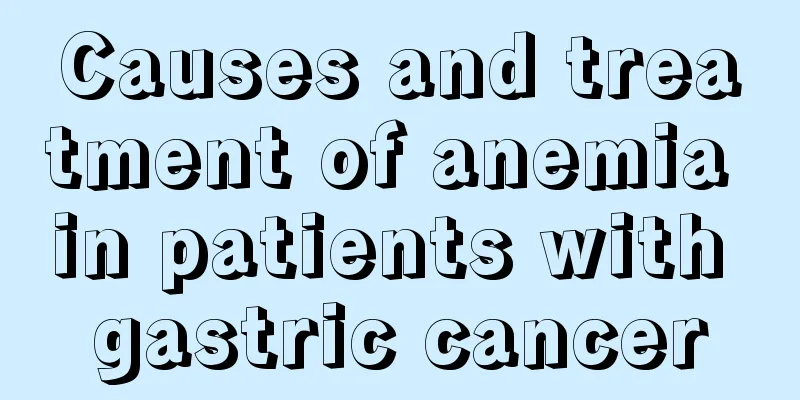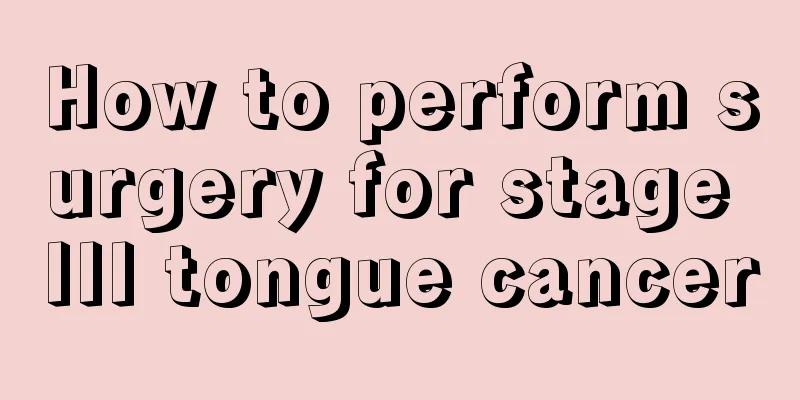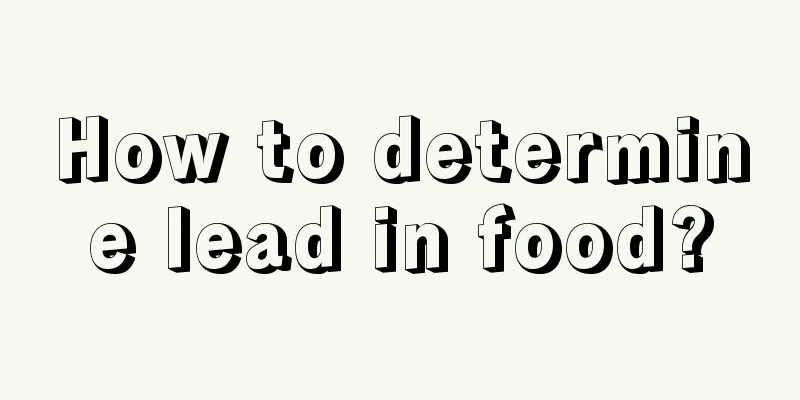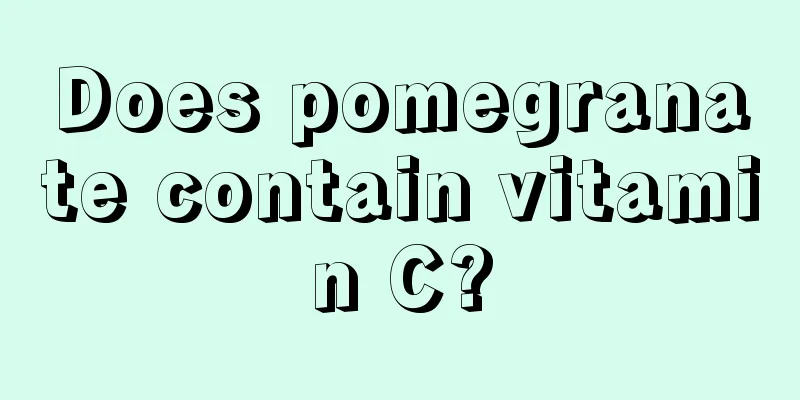What are the most effective methods for treating sinusitis?
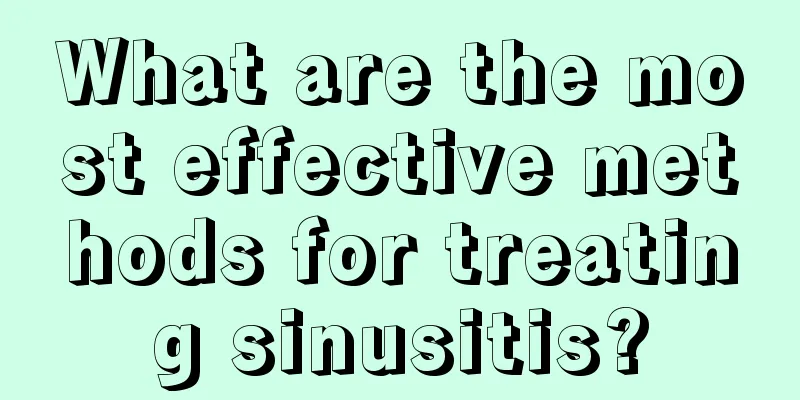
|
Sinusitis is a common and frequently occurring disease among young and middle-aged people. Moreover, this disease is not uncommon among teenagers. According to investigations, there are many causes of sinusitis, such as repeated colds or colds that do not heal for a long time, serious pollution in the working and living environment, and frequent stays in dusty environments, etc., which can easily lead to sinusitis. What are the most effective methods for treating sinusitis for patients? The most effective treatment for sinusitis is: (1) Local nasal medication: 1% ephedrine saline nasal drops are an inexpensive and widely used nasal drop that can reduce swelling of the sinus mucosa, keep the openings clear, and make it easier for pus in the sinuses to flow out. Generally use 3-4 times a day, 1-3 drops in each nostril each time. Pay attention to body position when using nasal drops. Generally, the patient is in the supine position with the head hanging down, and the nostrils facing upwards. After dripping the medicine, you should stay for 5-8 minutes before getting up, and gently blow out the medicine and snot, or inhale them into your mouth and then spit them out. Do not pinch both nostrils tightly and blow hard, as this will press the mucus into the middle ear through the pharyngeal tube, causing otitis media. Doctors often add antibiotics or hormones to ephedrine nasal drops to enhance their anti-infection and anti-allergic effects. (2) Oral medication: Oral antibiotics should be based on bacterial culture and drug sensitivity tests, and the duration of medication is generally 4-6 weeks. Commonly used drugs include amoxicillin, azithromycin, cefuroxime, cefuroxime, and telil. If accompanied by allergies, you can also take some anti-allergic drugs, such as: Claritin, Cetuximab, Promethazine, etc. Some Chinese patent medicines are also effective in treating chronic sinusitis, such as Biyuanshu and Sinusitis Oral Liquid, and can be used in conjunction with antibiotics. (3) Positive and negative pressure replacement method: It is suitable for chronic whole-group sinusitis and is a simple and effective method. During treatment, the nurse asks the patient to lie flat on the treatment bed, with a small pillow under the shoulders and the head tilted back. First, drip 1% ephedrine saline into the nasal cavity to fully contract the nasal cavity and open the sinus opening. Then insert an olive-headed suction tube into one nostril, pinch the opposite nostril, start the suction device, and ask the patient to intermittently make a "open, open, open..." sound. The pus in the nasal cavity and sinuses will be sucked out, and the sinuses will become under negative pressure. Then drop the antibiotic into the nasal cavity and the liquid will enter the sinuses. Repeating this process several times will drain the pus in the sinuses and replace it with medicine, thus achieving the purpose of treatment. Generally once a day, one course of treatment is 10 days. (4) Maxillary sinus puncture and irrigation: Use a special puncture needle to pierce the maxillary sinus from the inferior nasal meatus, draw out the pus, rinse with saline until the pus is completely drained, and then inject antibiotic solution. This method is only suitable for the maxillary sinus. |
<<: How to care for intestinal polyps? Pay attention to these issues
>>: How to grow taller? These are worth knowing
Recommend
How to take care of lung cancer? 3 nursing methods for lung cancer patients
The occurrence of lung cancer is mainly due to so...
What are the symptoms of liver cancer in children
In recent years, due to the increasing environmen...
What to eat to prevent uterine cancer
Diseases come from the mouth, but eating well can...
See what your hair is saying
The human body is a complex whole that can reflec...
What are some tips for removing oil stains
In our life, we are always very careless, especia...
The main factors that induce colon cancer
Colon cancer is a common disease in life. Most pe...
What symptoms of blood dryness require high attention
The disease phenomenon of blood dryness seriously...
The harm of smog
Car exhaust, factory waste gas, outdoor barbecues...
Several situations in which the bronchial dilation test is negative
Speaking is an indispensable and extremely import...
What to do if you have dark circles under your eyes
What should you do if you have dark circles under...
Is Chinese medicine useful for treating lung cancer? It cannot completely cure the disease
Lung cancer is a very common disease. This diseas...
"Emotional illness" is more likely to occur in spring. M kinds of diets can prevent you from getting it
Don't let your health be hijacked by your emo...
Can I eat Cordyceps if I have advanced lung cancer?
If there are obvious clinical manifestations and ...
Why do pregnant women get gallbladder cancer
Giving birth is the pride of every woman. For a p...
What to do if one side of my face is fat while the other side is thin
Faces are not symmetrical, and the differences in...
